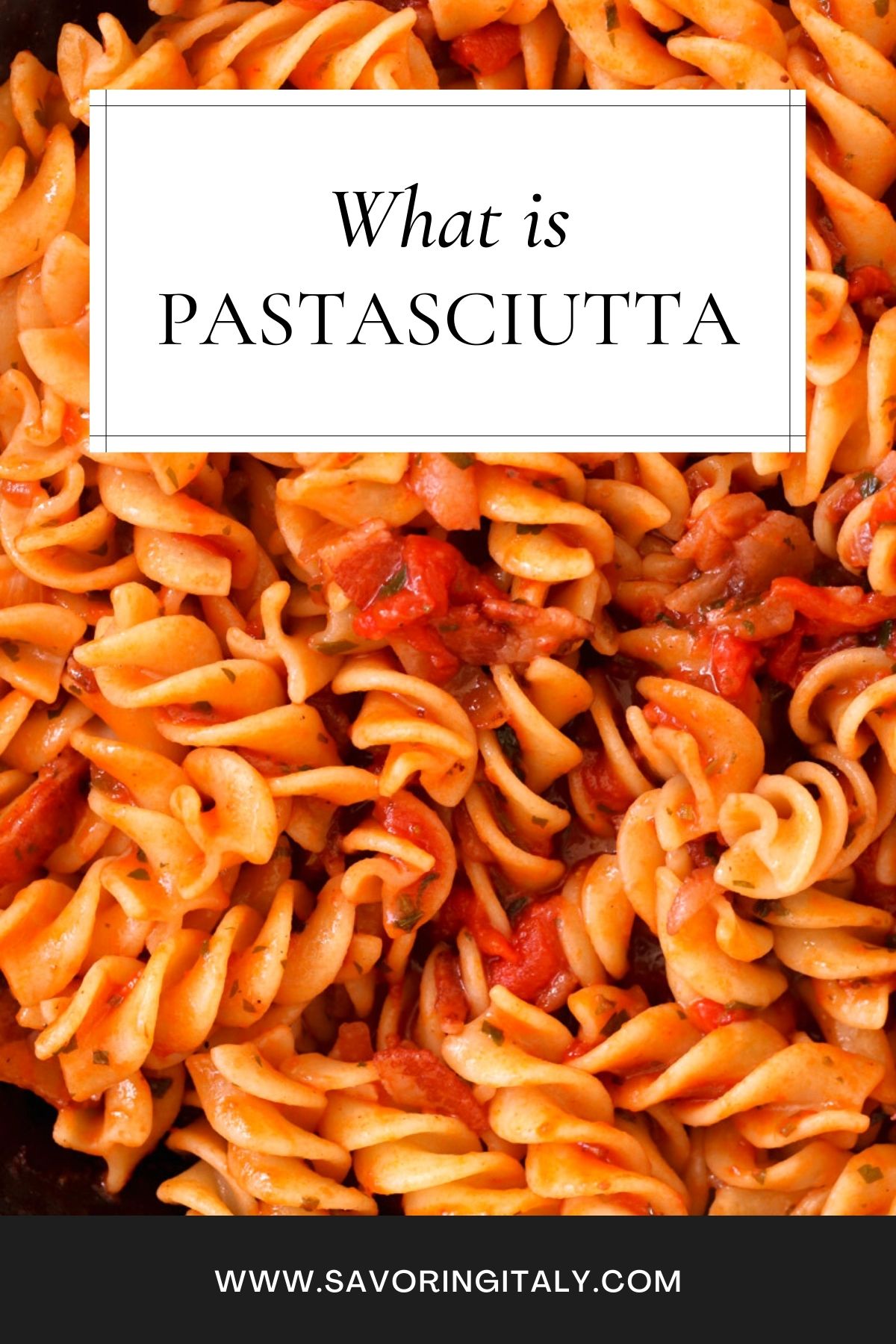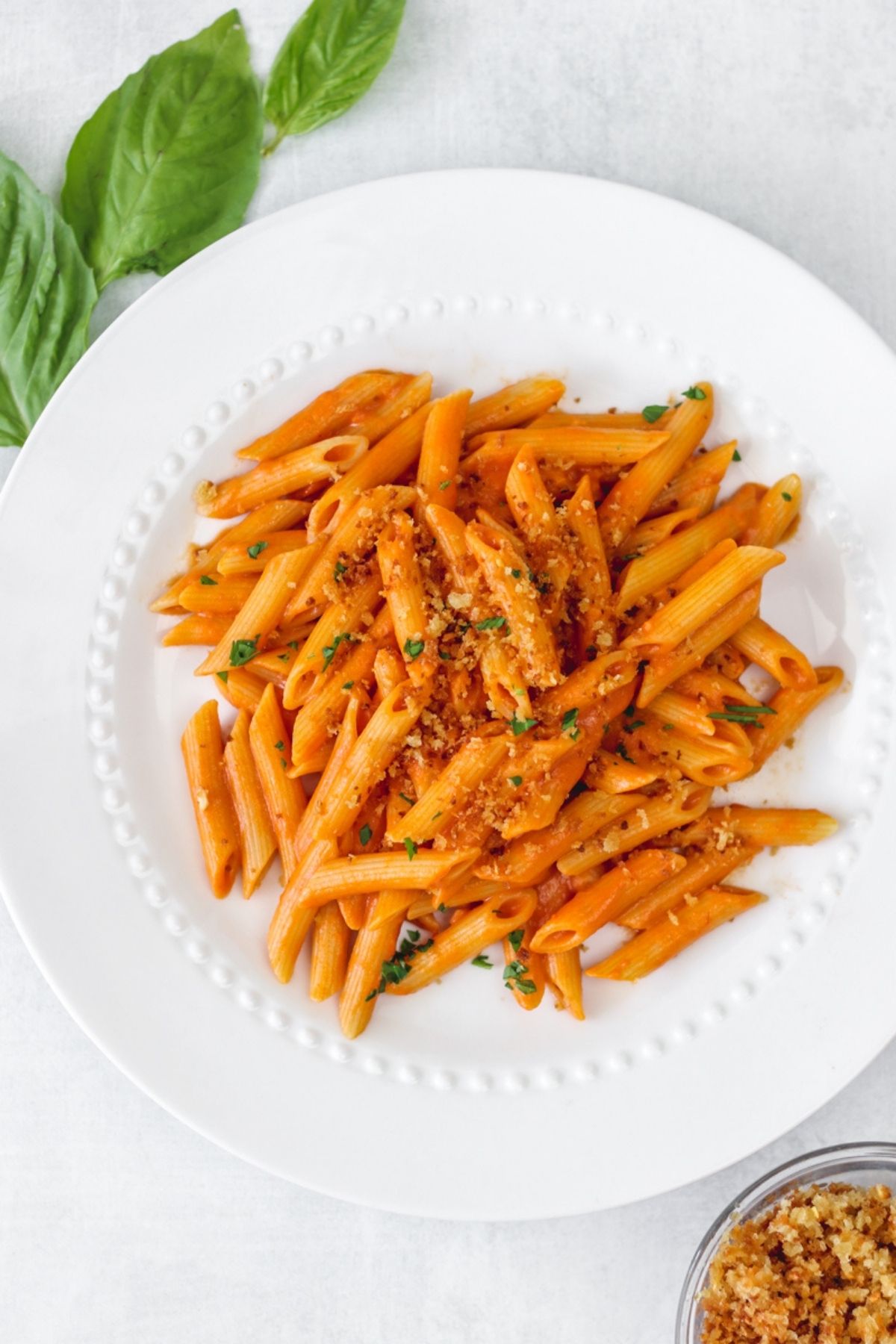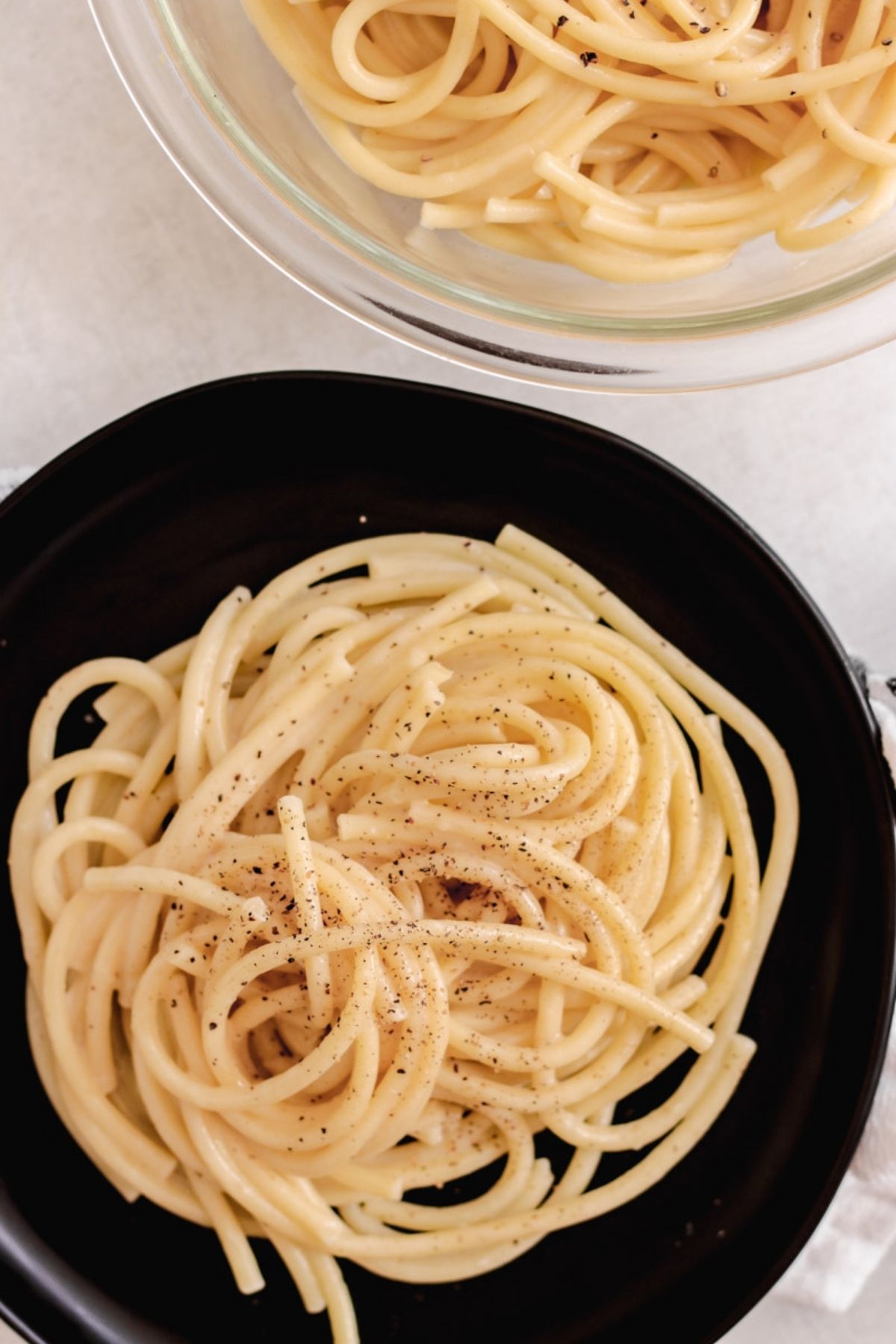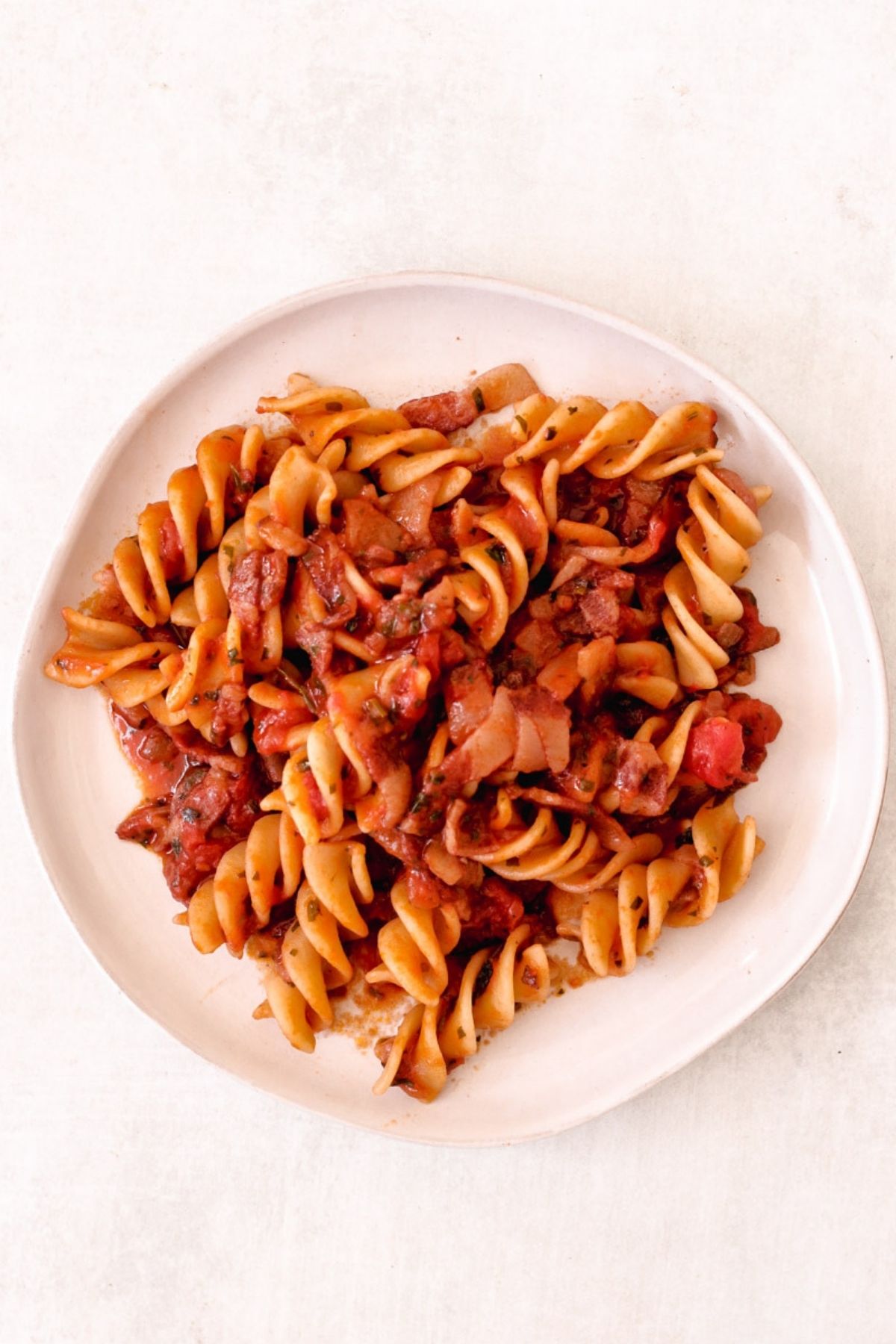Get ready to explore the mouth-watering world of pastasciutta. In this blog post, we'll dive deep into what this Italian tradition is all about, and show you how to make it like a pro.

Jump To
As a world traveler and food enthusiast, I'm always on the lookout for new and exciting dishes to try. And when it comes to Italian cuisine, there's one dish that never fails to impress: pastasciutta. Whether you're a seasoned pro or a newcomer to the world of pasta, this dish is sure to leave you craving more. So, let's dive in and explore everything there is to know about pastasciutta.
What Does Pastasciutta Mean?
In Italian, pastasciutta means "dry pasta,"(pronounced pa-sta-shoo-ta), which is essentially pasta that's been cooked and drained before being tossed with a sauce. This differs from pasta fresca, which is fresh pasta that's typically served with a sauce right after being cooked. Pastasciutta is a beloved tradition in Italy, with each region having its own unique way of preparing and serving it.

What Makes Pastasciutta So Delicious?
The key to making delicious pastasciutta lies in the quality of the ingredients used. For the best results, opt for high-quality Italian olive oil and freshly grated Parmigiano Reggiano cheese as these will bring out all the flavors without overpowering them.
Additionally, if you're using fresh herbs like basil or parsley be sure to add them at the very end so they don't lose their flavor during cooking. Finally, once everything has been cooked through drain off any excess liquid before adding your chosen sauce as this will ensure that none of its flavor gets lost in the process.

How to Make Pastasciutta Like a Pro:
To make pastasciutta, start by cooking your pasta according to the package instructions. Once it's cooked, drain it and transfer it to a large bowl. Next, add your sauce and any other ingredients you like, such as herbs, cheese, or meat. Toss everything together until the pasta is evenly coated in sauce, and serve hot.
Italian Tradition:
Pastasciutta is deeply rooted in Italian tradition, with families gathering around the table to enjoy this hearty dish together. Whether it's a simple weeknight dinner or a special occasion, pastasciutta is always a crowd-pleaser. And with so many different variations to choose from, you'll never get bored of this classic Italian dish.

History of pastasciutta
Pastasciutta, which translates to "dry pasta" in Italian, has a long and rich history in Italian cuisine. The origins of pasta itself can be traced back to ancient times, with evidence of noodles made from various grains found in China and the Middle East.
However, it was in Italy that pasta really took off, with the first recorded mention of "maccheroni" dating back to the 14th century. Over time, pasta became a staple food in Italian households, and the term pastasciutta was coined to refer specifically to dry pasta dishes.
In the early days, pastasciutta was typically made with only a few simple ingredients, such as garlic, olive oil, and grated cheese. As time went on and Italian cuisine evolved, new sauces and flavorings were introduced, leading to the wide variety of pastasciutta dishes we know and love today.
Whether it's spaghetti with marinara sauce, fettuccine alfredo, or carbonara, pastasciutta has become an integral part of Italian culture and cuisine, and remains a beloved dish around the world.
How to keep pastasciutta fresh
Freshly made pastasciutta dishes can be stored in the fridge for up to 24 hours before needing a reheat, making it delightfully crispy.
FAQs:
Some classic sauces include tomato-based sauces like marinara or arrabbiata, as well as cream-based sauces like alfredo or carbonara.
Yes! You can use any type of pasta you like, from spaghetti to penne to fusilli.
Not necessarily. While there are gluten-free pasta options available, traditional pastasciutta is made with wheat-based pasta. However, you can still enjoy this dish if you have a gluten intolerance by using gluten-free pasta instead.
Pastasciutta is a delicious and beloved Italian tradition that's sure to satisfy your cravings. Whether you're enjoying it with family or trying it for the first time on your travels, this dish is a must-try for any food lover.



Leave a Reply